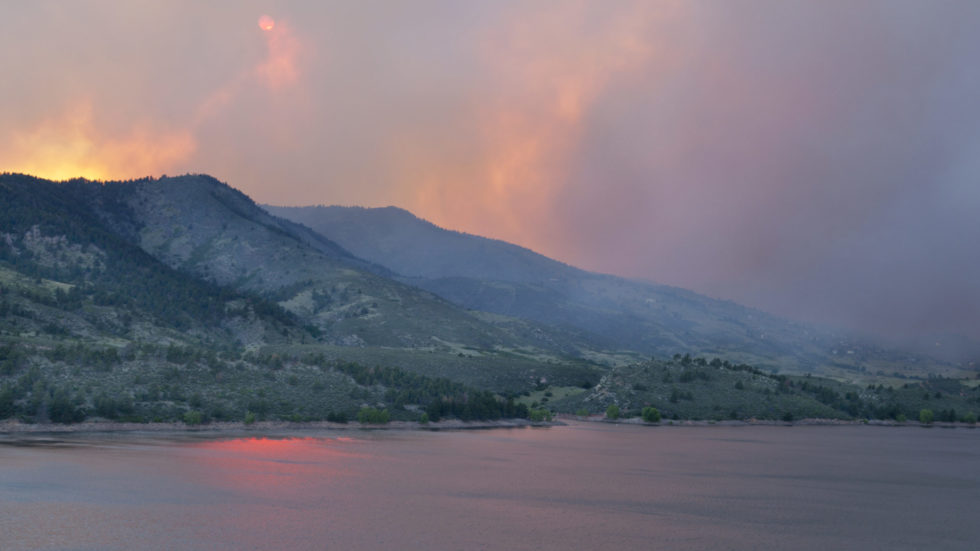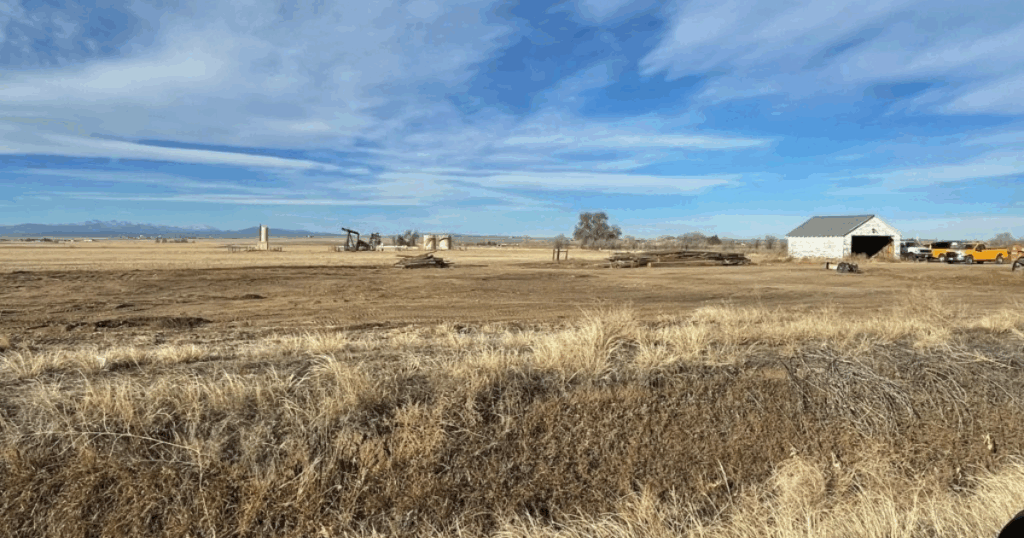FCLWD prepares for the runoff from last summer’s wildfires
In late 2020, the two largest wildfires in Colorado history burned hundreds of thousands of forested acres in Northern Colorado.
Anyone within 100 miles of the Poudre Canyon will remember the intense Cameron Peak wildfire that raged for months, blackening both forest and sky with its intense flames and smoke. The East Troublesome Fire followed suit on the far side of the pass near Granby and Grand Lake impacting forests all the way into Rocky Mountain National Park.
While the fires are now out, the impact from the wildfires is far from over. In fact, an entirely new chapter will start as soon as winter melts into spring and summer.
This spring and summer, rains will come and the burnt soil, debris and ash that is currently sitting up in the canyon will start to slide downhill following gravity’s pull. Without any roots or soil to stop it, the blackened sludge-like material will go into the Poudre River, which, in turn, will bring it downstream to Fort Collins.
The Fort Collins-Loveland Water District (FCLWD) is prepared for this unique challenge that is right around the corner. We want to ensure customers that their drinking water will remain safe and adhere to strict federal, state and local requirements in light of the wildfires and their future impacts.
What wildfires mean for the Poudre River
The health of the Poudre River impacts everything from our recreation to drinking water here in Northern Colorado. Whether you enjoy fishing or a local microbrew, or both together, you rely on a healthy watershed.
The wildfire can bring far-reaching impacts beyond the quality of the water. We saw this with the High Park Fire in 2012 when more than 80,000 acres of forest burned in the Poudre Canyon. Animals and aquatic wildlife that rely on the Poudre River can also be impacted by the wildfires. The risk of flooding increases as runoff surges and flows downstream. Ultimately, the quality of drinking water could be impacted if the appropriate steps are not taken in advance.
FCLWD is preparing now and working collaboratively to ensure the region can rebuild following these fires. The aftermath of the wildfires can be far-reaching. Last December, Northern Water launched a series called “Aftermath,” which were informational sessions for the community to discuss the impacts of the year’s consequential fires. The series covers the Cameron Peak, East Troublesome, Calwood and Left Hand fires, and how these fires may relate to the availability of regional water supplies in 2021 and into the future.
The FCLWD is ready to respond
FCLWD is very forward-thinking and has taken steps to ensure they are prepared for wildfire aftereffects.
Richard Raines, Water Resources Manager at the Tri-Districts Water Resources, reassures customers that there will be ample water this summer regardless of what the Districts may face.
“You can be reassured that our projections have an adequate water supply. We will make adjustments as we know more,” Raines said. “We have operational plans for different levels of impact, either from post-fire or from drought — both are in place.”
If the drought persists, and all indications are that it will, Raines says that FCLWD is in a position to store as much water as possible this year in preparation for 2022 and into the future.
“I think we expect a good supply available from the C-BT system and in the Poudre Basin,” Raines said. “Overall, the goal is to hold on to as much water as possible in case something unforeseen happens.”
Looking ahead
The impacts from these forest fires are largely unknown at this point, however, they may last for decades.
Dr. Lee MacDonald with Colorado State University (CSU) specializes in how land use and vegetation changes affect runoff, erosion, and sediment yields, specifically in forested regions.
Dr. MacDonald has worked on forest fires in Colorado, Montana, California, Spain and Portugal. He provides what Raines deems a bright spot in the outlook for this summer in an insightful presentation he gave as part of the Aftermath series. Since the fires were immediately followed by snowfall, Dr. MacDonald projects that there may be less ash that would run into the rivers because it’s been compacted over the winter. He also notes in his presentation that rainfall at higher elevations is less intense than at lower elevations, and as a result, the runoff may be less.
“With more vegetation to begin with up there, Dr. MacDonald’s outlook is a silver lining,” Raines said. “It’s not the same way sediment ran off after the High Park Fire.”
Regardless of what this spring brings and what the Poudre River throws at us, the FCLWD will have ample clean water from Horsetooth Reservoir and the ability to divert intake from the Poudre River if it becomes too polluted with sediment.
Our mission since 1961 has been to provide high-quality, secure, reliable and affordable water. No matter the circumstance, we have a plan in place to always uphold that mission and provide you with clean safe drinking water.
 Skip to content
Skip to content








